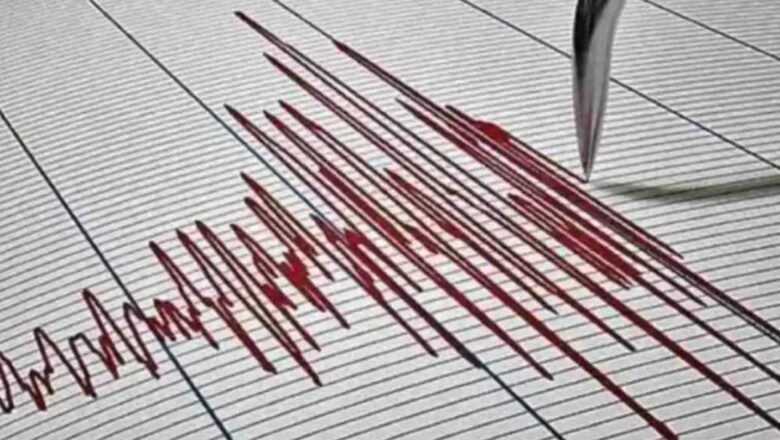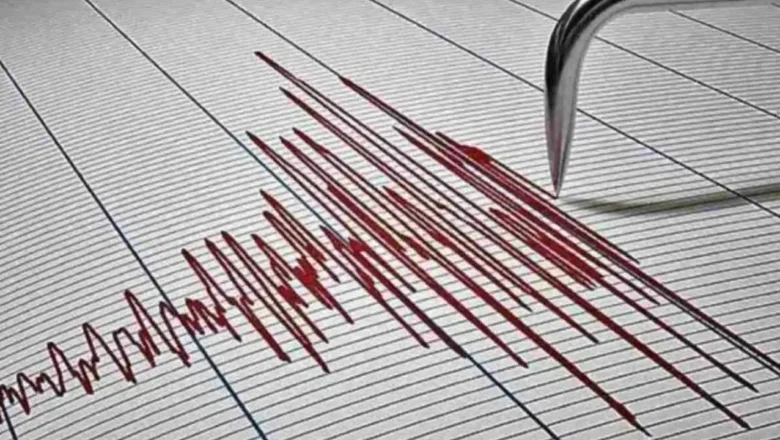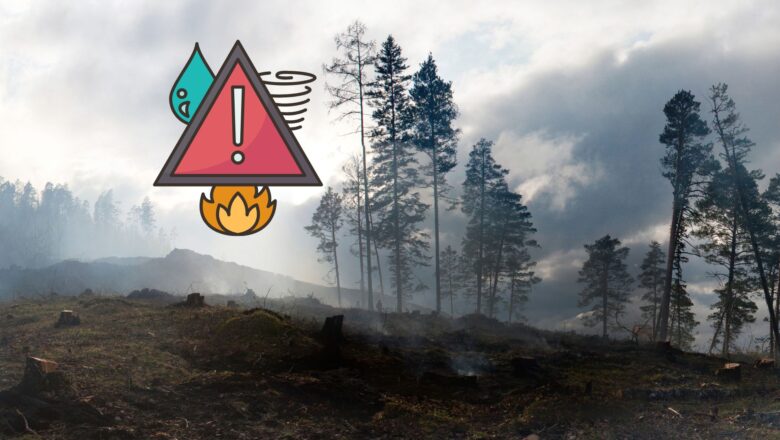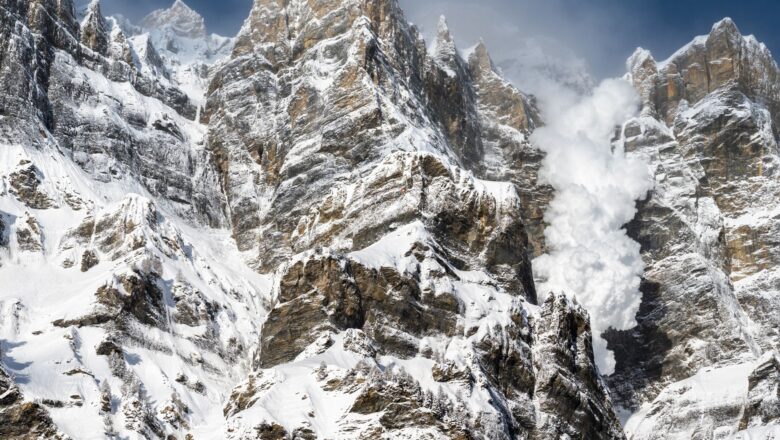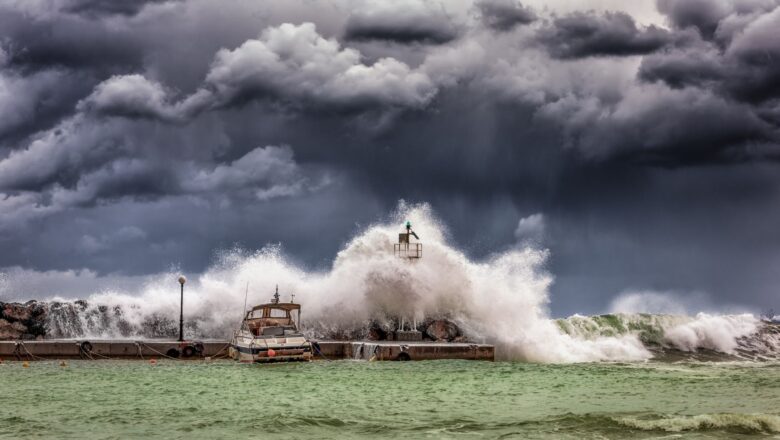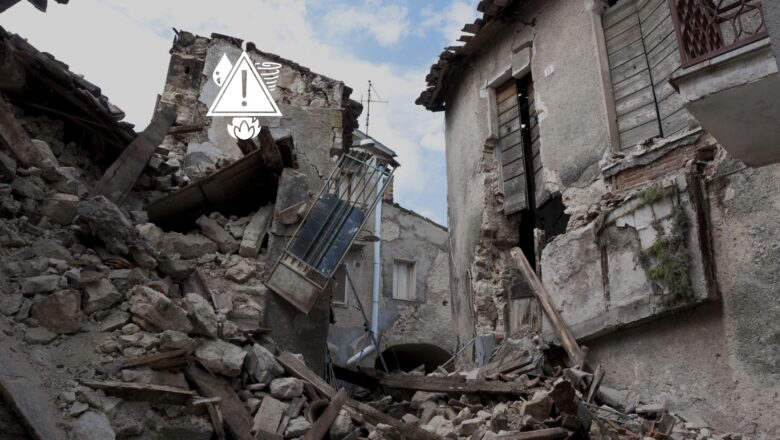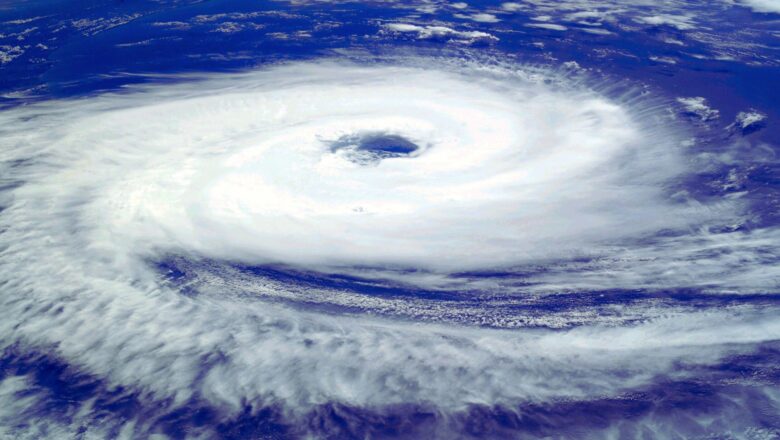
Cyclone Jude Batters Mozambique Leaves Thousands Houses Without Power
Cyclone Jude has wreaked havoc along Mozambique’s Indian Ocean coast, bringing fierce winds, torrential rains, and widespread destruction. This marks the third cyclone to hit Mozambique this season, disrupting lives and infrastructure across the region.
Jude first emerged as a depression on March 14 near Diego Garcia before intensifying into a moderate tropical storm, hitting northern Madagascar on March 15. The storm has already caused six fatalities and damaged 900 houses before reaching Mozambique.
Fueled by sea surface temperatures near 30°C, Jude strengthened into a tropical cyclone over the Mozambique Channel. It made landfall early this morning, delivering sustained winds of 120 km/h and gusts up to 193 km/h, comparable to a Category 1 hurricane. Coastal areas, including Memba...

